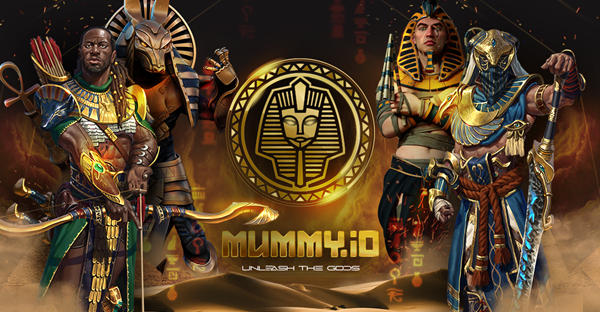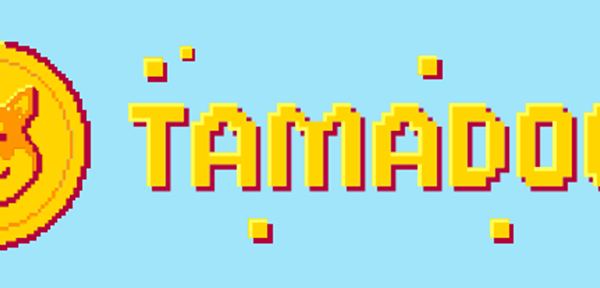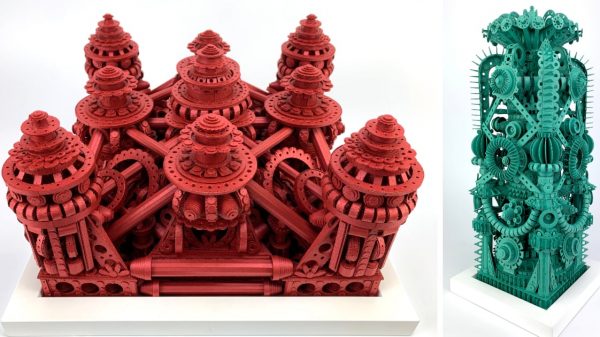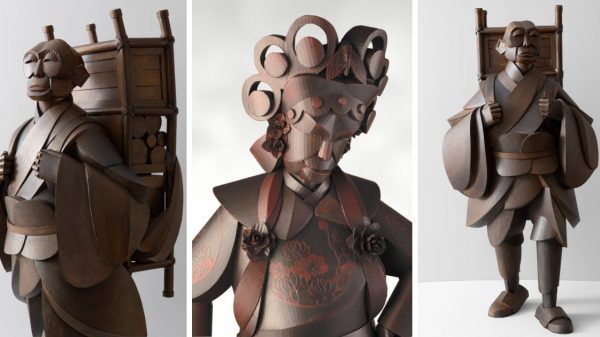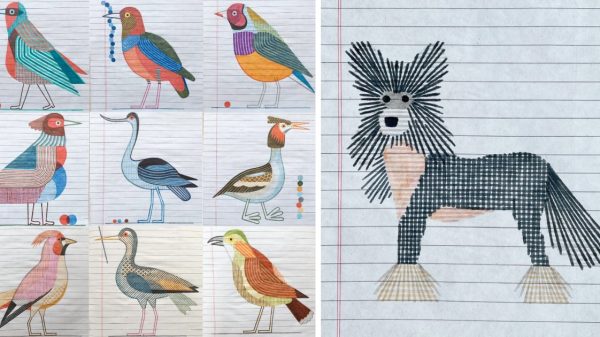Article from: NFT Now
The term “rug pull” doesn’t have any positive connotations. Either someone is going to fall on their face, furniture is going to topple over, or, in the case of the NFT world, a lot of people are going to lose a lot of money.
After a project’s NFT prices rise enough to satisfy the people aiming to pull off a rug pull, the developers will hastily transfer the funds out of the ecosystem and essentially vanish, leaving investors with little or, more likely, no legal recourse at all. Welcome to the dark side of Web3.
The NFTs were priced at 0.04 ETH per mint meaning that, once the collection sold out a few hours later, the team behind the project had pulled in 335 ETH — just over a million dollars. Then, the project’s website and Discord quickly disappeared, and the funds from the sale were transferred to various wallets. The founders could not be reached by people who had bought into the community, who were left with nothing but their digital art and a host of unpleasant feelings.
Unluckily for Nguyen and Llacuna, this was right around the time the Department of Justice began paying closer attention to cases of fraud in the crypto world.
The case is still ongoing, but it’s widely regarded as the department’s first NFT rug pull bust and is a significant moment in NFT history.
Big Daddy Ape Club was supposed to be a collection of 2,222 ape-themed NFTs destined to be minted on the Solana blockchain and then listed for sale on the Solanart marketplace.
The largest rug pull in the history of the Solana blockchain, Big Daddy Ape Club stands out as exceptionally painful. Most rug pulls see project developers offer up some NFT art and abscond with the money. Not so with Big Daddy Ape Club, a project that managed to rake in 9,136 SOL, roughly $1.3 million at the time, to mint its project’s NFTs. Except those NFTs didn’t even exist.
We are aware of the reported Big Daddy Ape Club rug pull and that there are victims involved. We take this attack on the NFT community seriously, and are taking steps to offer all the assistance we can.
Sadly, in the hours running up to the mint, Big Daddy Ape Club locked and then decommissioned the project’s Discord, followed swiftly by the disappearance of the project’s Twitter account and website. Not one investor received the NFTs they paid for.
This rug pull was especially irritating because the project had passed a verification check by Civic, a decentralized identity verification company. To its credit, CEO Chris Hart and the rest of Civic are now working with law enforcement to apprehend those responsible for the scam.
Tuan is said to have made off with $2.6 million from Baller Ape Club investors after, you guessed it, launching the collection and then deleting the project’s website and laundering the money. According to the DOJ, Tuan converted the funds into various cryptocurrencies and then transferred them across a number of blockchains, a process known as “chain-hopping.”
The DOJ distinguishes the case as “the largest known NFT scheme to date.”
Evolved Apes is a collection of 10,000 NFTs who are rather ironically described as being “trapped inside a lawless land.” The project was meant to be a fighting game akin to Axie Infinity. Needless to say, that game never materialized. The collection still exists on OpenSea, however, where floor prices have dropped to an unsurprising 0.01 ETH.
The Pixelmon case doesn’t exactly fit the technical description of a rug pull. Still, it inhabits a very similar space and serves as a valuable lesson on hype and credibility in the NFT community. The project, consisting of 10,005 pieces of pixellated character NFTs, launched on February 7, 2022, after having done a fantastic job building up a mountain of expectations around its collection and potential future.
The 8,079 NFTs made available for the primary sale sold out within an hour of the mint launch, with most collectors paying the full 3 ETH price tag. The Pixelmon team had pulled in 23,055 ETH — just over $70 million — by the time it had finished.
Soon after, community fears began to surface, as details about the team’s identities and of the metaverse game they were building remained sparse. The NFT art still hadn’t been revealed. Secondary sales plummeted to around 1 ETH just hours after the launch.
It’s about as good an outcome as you can hope for in a rug-pull-like situation. Regardless, the Pixelmon case is a helpful warning tale. FOMO is a powerful, and sometimes dangerous thing in the NFT world.
The post The Biggest Rug Pulls in NFT History appeared first on nft now.
source
Article from: NFT Now






